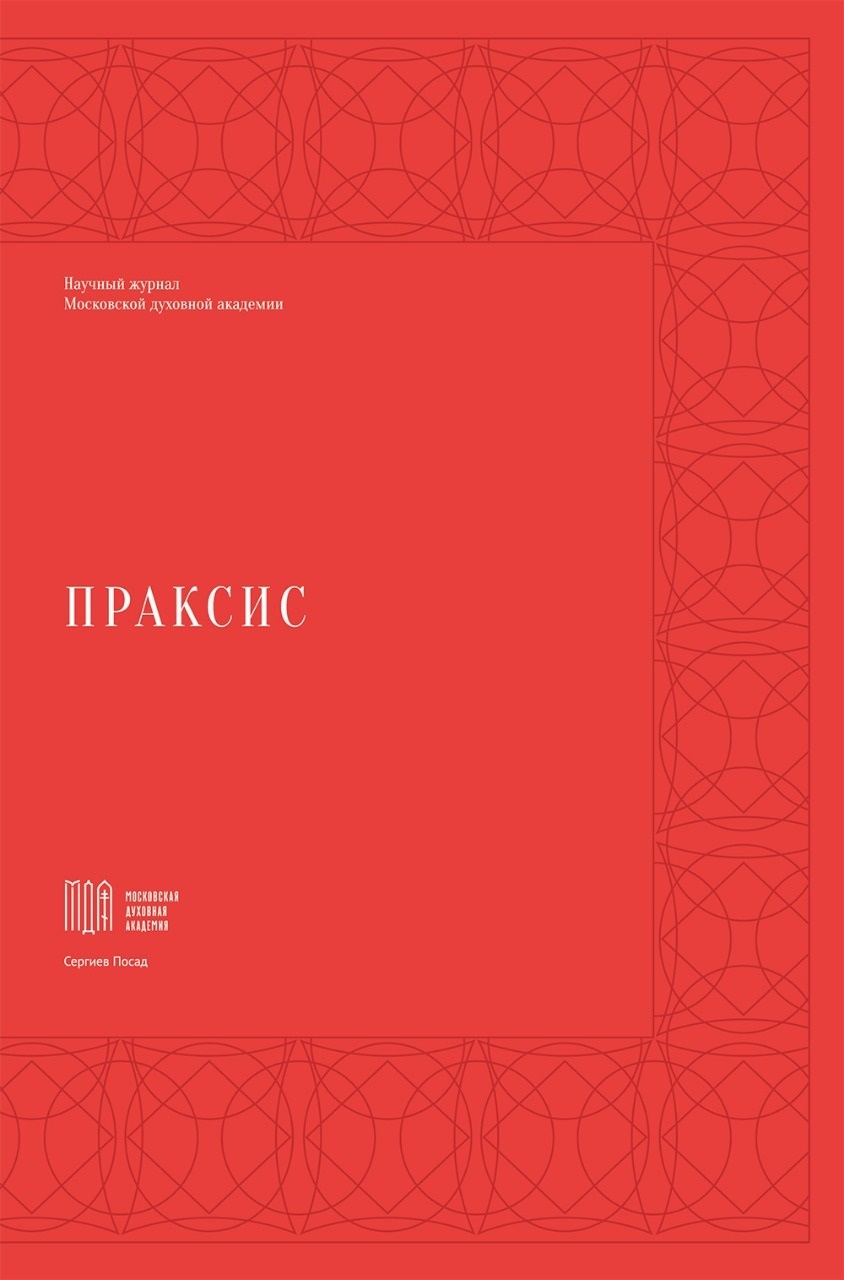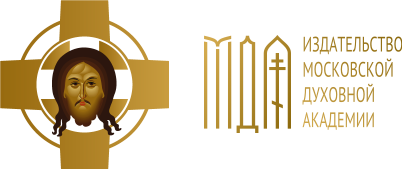Demestvenny chant as a sample of early Russian poliphony
DOI:
https://doi.org/10.31802/PRAXIS.2022.8.1.002Keywords:
Russian sacred music, demestvenny chant, polyphonic singing, historical retrospective, , demestven style features.Abstract
This article is devoted to an overview of the history and features of demestven chant in the context of the historical position of the musical culture of liturgical singing of the Russian Church and the correlation of early polyphony with other styles of singing. The very name of the studied singing «demestne» is usually identified by researchers with the Greek term δομέστικος, which literally means the leader or soloist of the choir. Such an understanding is associated with a special way of development of demestvo in comparison with the classical znamenny, and even subsequent — partesny, styles of singing. In the course of reviewing the author’s theories of the emergence and development of demestven chant, their strengths and weaknesses are noted, as well as a kind of intermediate result of all available information on this issue. The second part of the article is devoted to the consideration of the stylistic features of the demestvenny polyphonic chant in comparison with some modern and previous styles of Russian liturgical singing. The conclusions of the article extend to the concept of expanding the scientific apparatus for studying ancient Russian singing and attracting new researchers to this issue.
Downloads
References
Богомолова М. В. Новые данные о певческой книге Демественник: Анализ архивных материалов и исследований XX в. / И. А. Гарднер, Г. А. Пожидаева, Б. А. Шиндин // Ежегодная богословская конференция ПСТБИ, 12–я: Материалы. М.: ПСТБИ, 2002. С. 420–427.
Богомолова М. В. Русское безлинейное многоголосие (на материале певческих рукописей ХV–XVII вв.). Диссертация… док. искусствоведения: 17.00.02. М., 2006.
Мартынов В. И. История богослужебного пения: Учебное пособие. М.: РИО Федеральных архивов, 1994. 240 с.
Металлов В. М., прот. Богослужебное пение русской церкви в период домонгольский по историческим, археологическим и палеографическим данным. М.: печатня А. И. Снегиревой, 1912. 349 с.
Пожидаева Г. А. Отражение византийского канона церковного пения в культурно-историческом процессе русского средневековья // Вестник славянских культур. 2008. № 1–2 (9). С. 88–105.
Пожидаева Г. А. Древлеправославные певческие традиции в раннем русском многоголосии // Вестник Российского гуманитарного научного фонда. 2000. № 3. С. 257–270.
Пожидаева Г. А. Из истории демественного пения XV–XVI вв. // Герменевтика древнерусской литературы. 1998. № 9. С. 264–309.
Успенский Н. Д. Древнерусское певческое искусство. М.: Музыка, 1965. 215 с.
Хорунжий С. А. Место демественного распева в истории древнего песнопения Руси / С. А. Хорунжий, М. Д. Химич, Т. Ю. Афанасьева // Труды Белгородской православной духовной семинарии. 2021. № 12. С. 139–145.
Downloads
Published
How to Cite
Issue
Section
Categories
License
Copyright (c) 2022 Иеромонах Нестор (Волоков)

This work is licensed under a Creative Commons Attribution-ShareAlike 4.0 International License.







